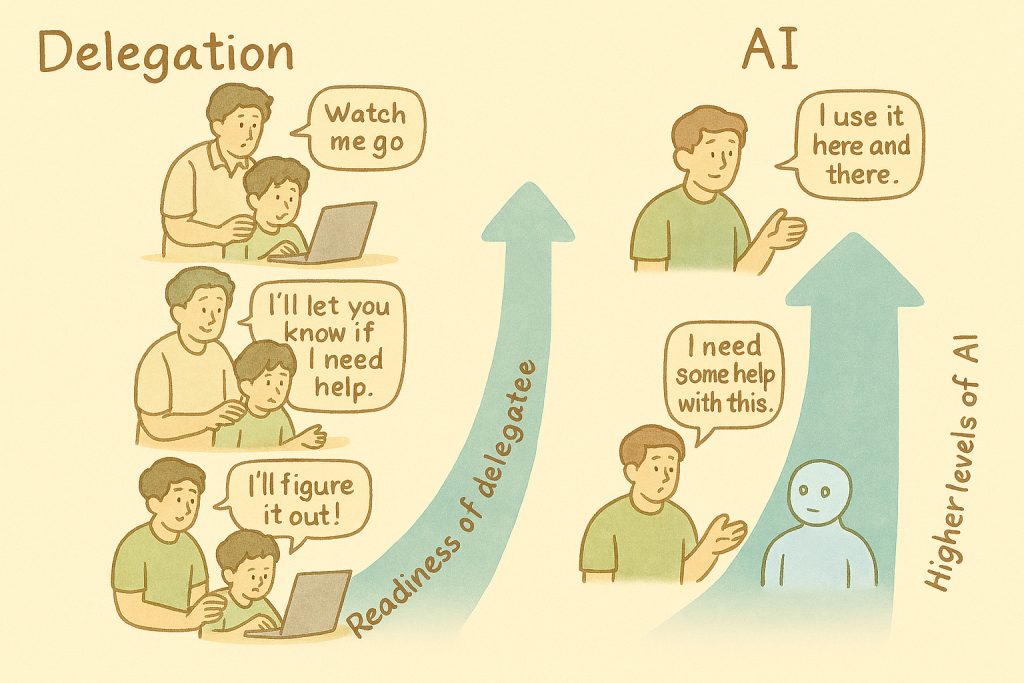Paramu Kurumathur
Paramu Kurumathur has built and led successful ventures from the ground up. As the general manager who established and led the India Development Centre for a major international IT firm, and as the CEO who successfully launched his own startup, he knows how to transform an idea into a thriving reality. Having served as the CTO of a large NGO, he successfully implemented IT strategy across 40 countries, he knows how to deploy deeply researched insights and a clear, well-articulated approach to solving problems.
As the author of multiple books on leadership, he shapes the very principles that drive successful teams. Writing these books has helped him internalize and consolidate his and his colleagues’ vast experience in leadership and software delivery. His books include: Software Project Health – An Epic Retold; The Five Tantras of Enterprise Agility; A Practitioner’s Guide to Enterprise Agility; and Full-Stack Leadership. His deeply researched insights and a clear, well-articulated approach to solving problems gave him the experience to write these books.
He continues to build his skills by working with leaders to build more effective, resilient organizations, by working as a principal consultant and partner at PM Power Consulting,
As an engineer alumnus of IIT, Madras (B.Tech. 1978; M. Tech. 1980), he brings a very keen eye for detail and a passion for building robust, scalable solutions.
His personal pursuits inform his work. He has published a work of fiction – The First Aryan, published by Penguin; and a book on the Sanskrit language – 108 Facts about Sanskrit you didn’t know, published by Garuda Prakashan. He also maintains a website on the Sanskrit language (oursanskrit.com). He is learning to play the guitar, and believes in writing limericks and promoting humour as a way of life. This unique blend of experience and curiosity enables him to approach every challenge with a fresh, human, innovative, and adaptable mindset and a broad and relatable perspective. Please visit paramukurumathur.com for details about his books.
He has travelled in over 40 countries. His work experience and personal experience in these countries give him a unique understanding of how to manage and lead in global complexity and navigate diverse cultural and business landscapes.





